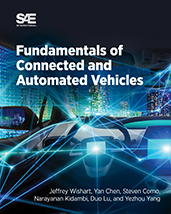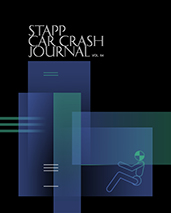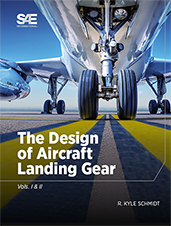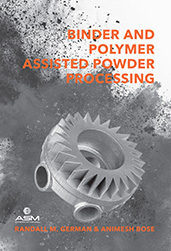Book

Aircraft Wheels, Brakes, and Brake Controls: Key Principles for Landing Gear Design
2022-05-27
Landing gear provides an intriguing and compelling challenge, combining many fields of science and engineering. Designed to guide the interested reader through the fundamentals aircraft wheel, brake and brake control design system, this book presents a specific element of landing gear design in an accessible way. The author’s two volume treatise, The Design of Aircraft Landing, was the inspiration for this book. The Design of Aircraft Landing is a landmark work for the industry and utilizes over 1,000 pages to present a complete, in-depth study of each component that must considered when designing an aircraft’s landing gear. While recognizing that not everyone may need the entire treatise, Aircraft Wheels, Brakes, and Brake Controls: Key Principles for Landing Gear Design is one of three quick reference guides focusing on one key element of aircraft design and landing gear design.



















